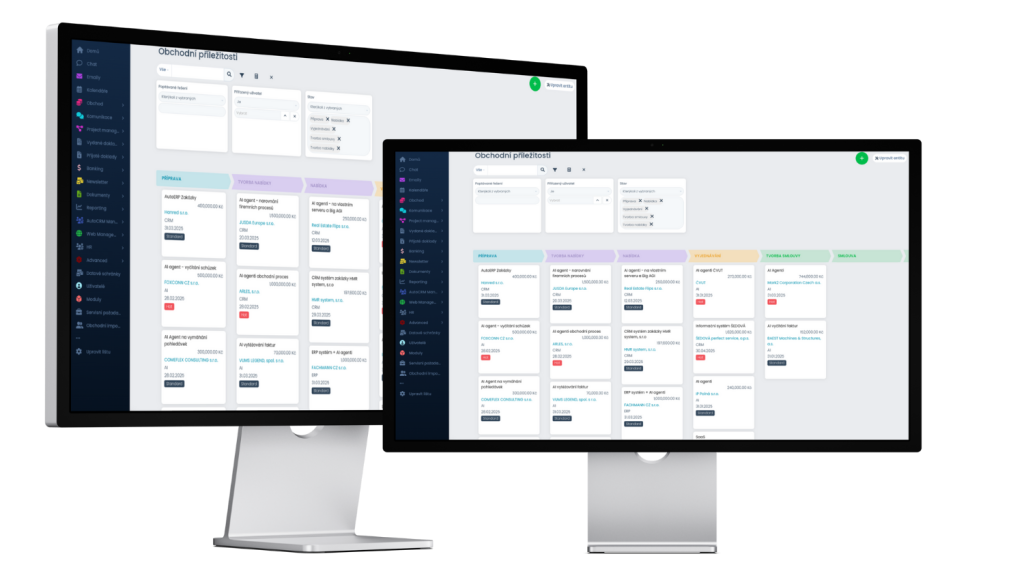Enterprise Resource Planning translated as Enterprise Resource Planning is a system for managing core business processes such as planning, inventory, purchasing, sales, marketing, finance, HR, often in real time and mediated by software and technology. ERP is usually referred to as a category of business management software that an organization can use to collect, store, manage, and interpret data from many business activities such as planning, inventory, purchasing, sales, finance, marketing, etc.
ERP systems can be on-premises or cloud-based. Cloud applications have grown in recent years due to the fact that information is easily accessible from anywhere with internet access.
Understanding ERP
The concept of erp has become increasingly important in today’s business environment. As organizations strive for digital transformation, erp offers valuable insights and practical solutions.
Key Benefits
• Enhanced operational efficiency through erp implementation
• Improved decision-making capabilities
• Better resource allocation and cost optimization
• Increased competitive advantage in the marketplace
Implementation Strategies
Successful erp adoption requires careful planning and execution. Organizations should consider their specific requirements, available resources, and long-term objectives when implementing erp solutions.
Best Practices
To maximize the benefits of erp, companies should focus on proper training, stakeholder engagement, and continuous improvement processes. Regular evaluation and optimization of erp strategies ensure sustained success.
Key Points about ERP
The term erp encompasses several important aspects that organizations should understand. Effective use of erp requires proper planning and implementation strategies.
Benefits include improved operational efficiency, better resource management, enhanced customer satisfaction, and increased competitive advantage. Companies utilizing erp typically achieve better business outcomes and sustainable growth.
For successful erp implementation, consider factors such as organizational readiness, available resources, stakeholder engagement, and long-term strategic objectives.
